Top Image: Chuck Yeager and his ground crew in front of “Glamorous Glen III”. Courtesy chuckyeager.com.
Charles Elwood “Chuck” Yeager was born on February 13, 1923, and spent most of his childhood in the small town of Hamlin, West Virginia. An athletic youth who was fascinated with engines and mechanics, Yeager joined the US Army Air Corps shortly after graduating high school in September 1941.
Initially Yeager trained as a mechanic, but in 1942 he learned about an Army Air Forces initiative to increase the number of American combat pilots by accepting applications from enlisted men with no college education. Yeager applied in December 1942 and was accepted for flight training. He earned his wings the following March and joined the 363rd Fighter Squadron, which was equipped with Bell P-39 Airacobras. Yeager and the rest of the 363rd Fighter Squadron, part of the 357th Fighter Group, sailed for England in November 1943 to join the air war against Germany.
In England, the 357th Fighter Group joined Eighth Air force and refitted with P-51 Mustang fighters. Yeager took possession of a P-51B Mustang that he named “Glamurus Glen” after his fiancé, Glennis Dickhouse. Yeager soon upgraded to a P-51D Mustang, which he christened “Glamorous Glen II,” later to be followed by a P-51C Mustang named “Glamorous Glen III.”
Yeager flew his first combat mission in February 1944. He quickly discovered he had a natural aptitude for dogfighting because of his superb 20/10 eyesight and his ability to rapidly react while remaining calm. On March 4, he scored his first aerial victory against a German Messerschmitt Bf 109 fighter while escorting American bombers in a daylight raid over Germany. The very next day, Yeager’s luck turned when he was shot down near Bordeaux, France. After successfully parachuting into occupied territory, Yeager managed to evade capture with the help of the French resistance. During the next two months, Yeager made his way to Spain, and then back to England. Although American pilots who escaped occupied territory were normally forbidden from returning to combat so that they would not betray members of the French resistance if they were shot down again and captured, Yeager obtained permission from General Dwight Eisenhower himself to resume flying combat missions.
A captured Messerschmitt Bf 109 bearing the insignia of the Independent State of Croatia, a puppet state of Nazi Germany. From the Collection of The National WWII Museum, Gift of Charles Szumigala, 2011.076.185.
Eisenhower’s gamble paid off on October 12, 1944, when Yeager destroyed five Bf 109 fighters in a single engagement. First Lieutenant Yeager later reported how he spotted the German fighters one-and-a-half miles away and attacked them with the sun at his back. Two of the German pilots bailed out immediately when they realized Yeager was in a perfect position to rake their aircraft with machine-gun fire. In Yeager’s after-action report, he explained how he closed on the next German fighter and opened fire from about 600 yards away. Yeager “observed strikes all over the ship, particularly heavy in the cockpit.” Yeager did not bother to pursue the stricken plane because he spotted yet another German fighter. This time Yeager closed to just 100 yards and “took a deflect on shot of about 10°. I gave about a 3 second burst and the whole fuselage split open and blew up after we passed.” Finally, Yeager forced a fifth German pilot to bail out after scoring hits on his plane’s wings and tail section.
Yeager was subsequently promoted to captain in recognition of his skill and leadership. Then on November 6, 1944, Yeager was leading a flight that encountered several brand new German Me 262 jet fighters near Assen, Germany. Although the German fighters promptly used their superior speed to escape into the clouds, Yeager dropped below the cloud cover and spotted a lone Me 262 preparing to land. Yeager dove upon the jet and scored several hits on his wings, causing the German pilot to crash several hundred feet short of the runway in a wooded area. Later that month, Yeager scored four additional victories against German Fw 190 aircraft on November 27. By the time World War II ended in Europe, Yeager had flown 64 combat missions and was credited with single-handedly destroying 12 enemy aircraft.
A Messerschmitt Me 262 which crash landed during World War II. From the Collection of The National WWII Museum, Gift of Karen E. Alexander, 2010.275.094.
After World War II, Yeager was stationed at Wright Field in Ohio, where he had the opportunity to pilot the Air Force’s new jet fighters. Colonel Albert Boyd took notice of Yeager’s flying ability and handpicked the young captain to become an Army Air Forces test pilot in January 1946. Although Yeager was one of the most junior test pilots, Boyd selected him to become the first to attempt to break the sound barrier. Boyd later stated that he was impressed by Yeager’s instincts and ability to remain focused under pressure. On October 14, 1947, over California’s Mojave Desert, Yeager successfully piloted the Bell X-1 to a speed of Mach 1.06 (700 mph).
Yeager’s feat made him the first man ever to break the sound barrier in level flight.
Yeager’s feat was widely celebrated, but he did not rest on his laurels. Yeager continued doing ground breaking work, including performing test flights of the first Soviet MiG 15 to fall into American hands. Yeager pushed the captured plane to its limits, providing invaluable intelligence to US combat commands and aircraft designers. In 1954, Yeager returned to operational flying when he assumed command of the 417th Fighter Bomber Squadron, which was equipped with F-86H Sabres.
In 1961, Colonel Yeager became the deputy director of flight test at Edwards Air Force Base and devised a rigorous test pilot school curriculum. More than two dozen of the school’s graduates eventually earned astronaut’s wings, making Yeager a mentor to a generation of spaceflight pioneers.
When Yeager assumed command of the 405th Fighter Wing in 1966, he returned to flying combat missions and logged more than 100 flights over Vietnam to his combat record. Yeager later led the 4th Tactical Fighter Wing in Korea and became the US Air Force Director of Aerospace Safety at Norton Air Force Base. Brigadier General Yeager retired from the US Air Force in 1975, having accumulated more than 10,000 hours in 361 different types and models of aircraft.
Chuck Yeager passed away on December 7, 2020, at the age of 97.
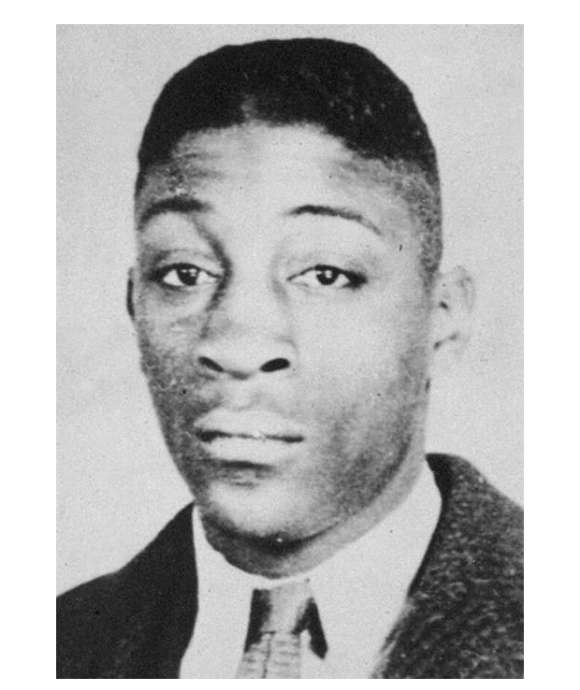
African American Sailor Charles Walter David Jr. Gave His Life to Save Fellow Americans
Coast Guardsman Charles Walter David Jr. volunteered to rescue sailors from the doomed USAT Dorchester and also saved the lives of two of his own shipmates.
Tyler Bamford
Tyler Bamford was the Sherry and Alan Leventhal Research Fellow at the Institute for the Study of War and Democracy at The National WWII Museum from 2019-2021. He obtained his PhD in history from Temple University and his BA in history from Lafayette College.
Cite this article:
MLA Citation:
APA Citation:
Chicago Style Citation:
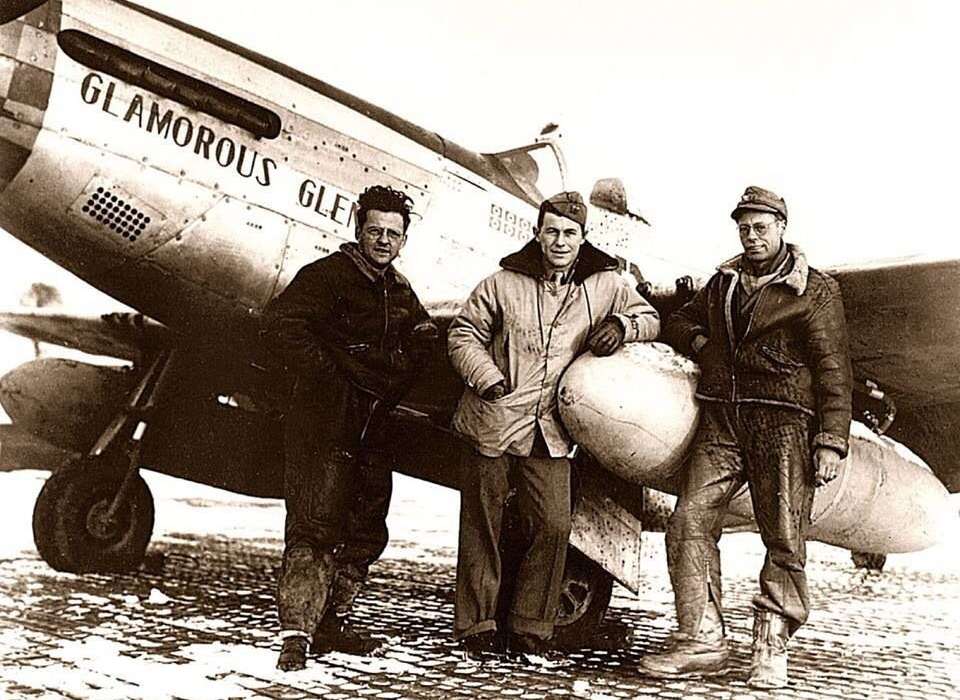
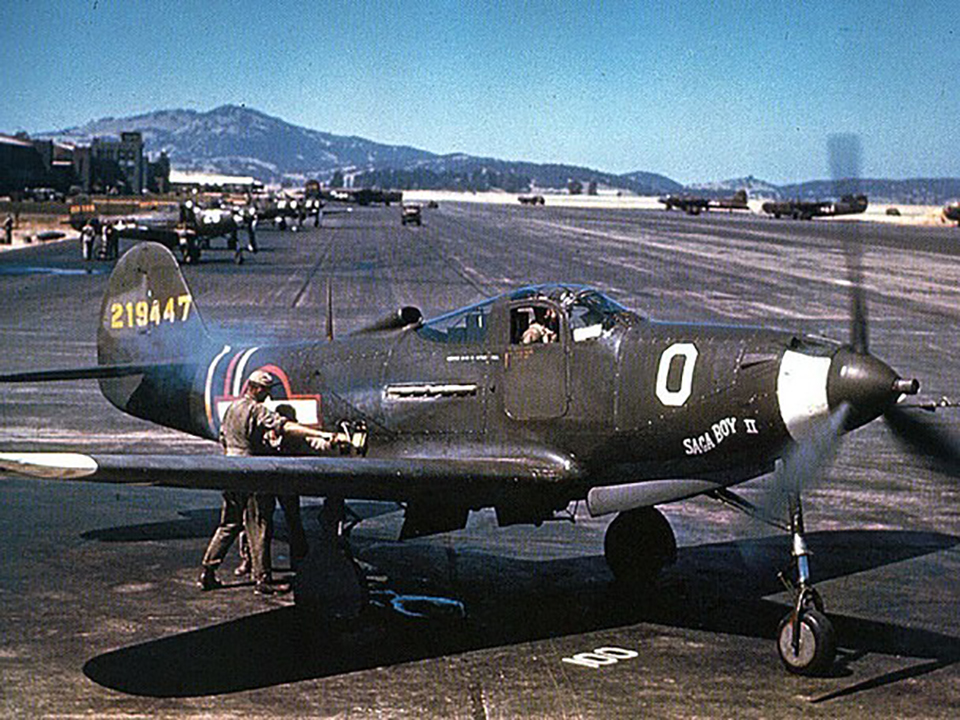
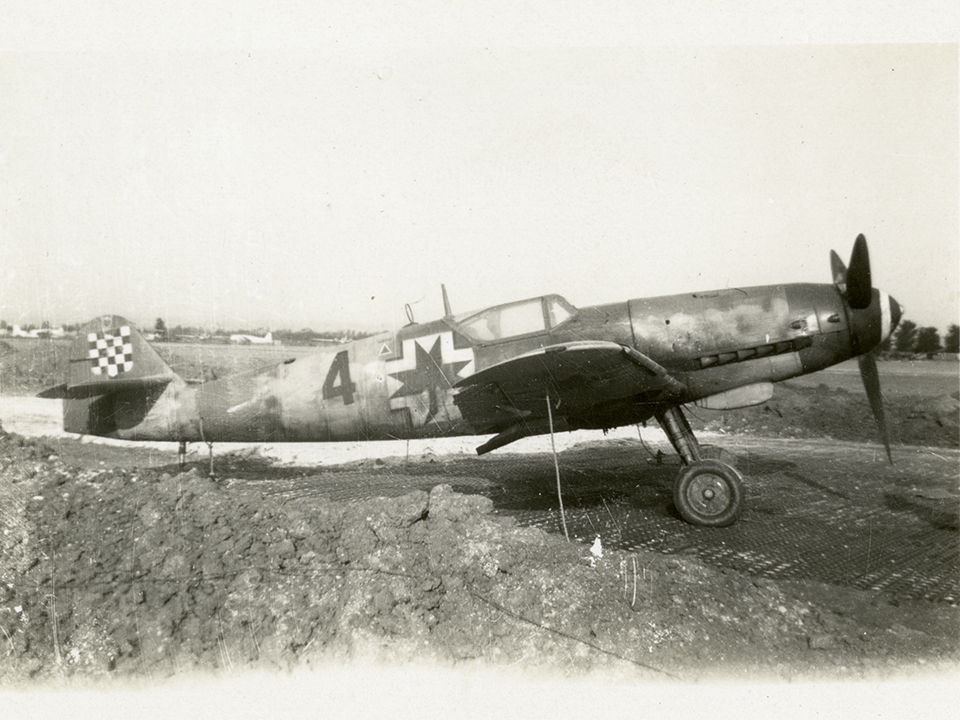
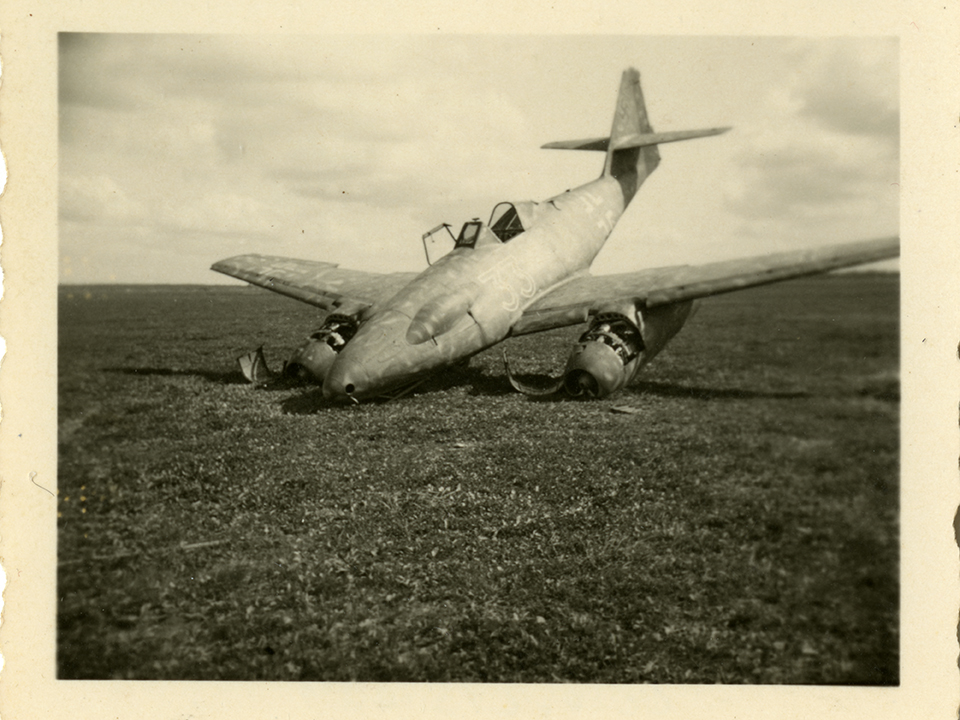
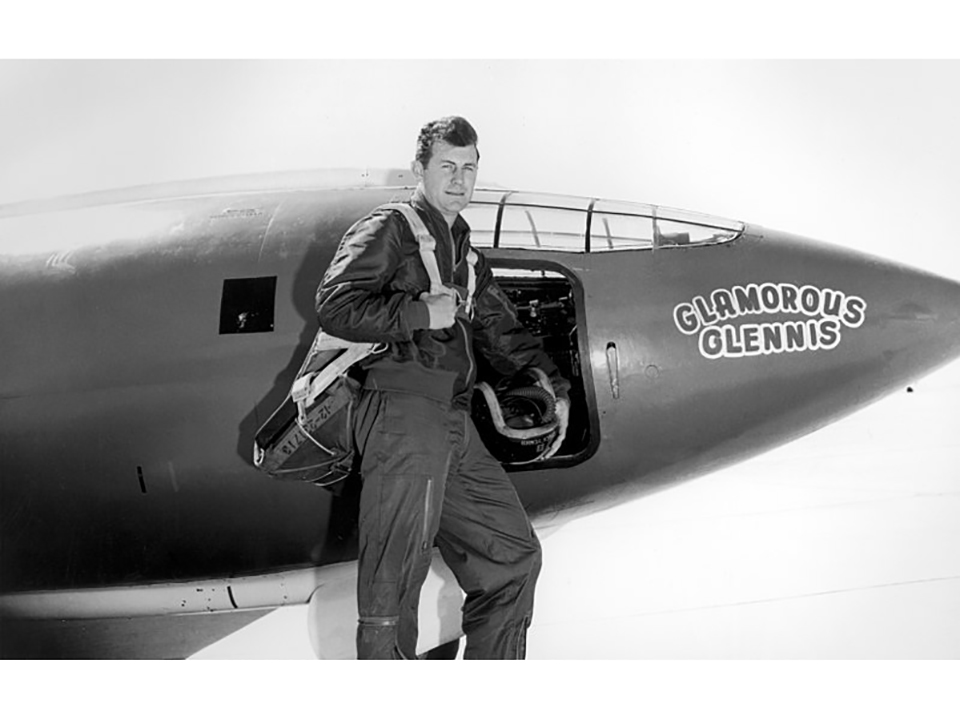
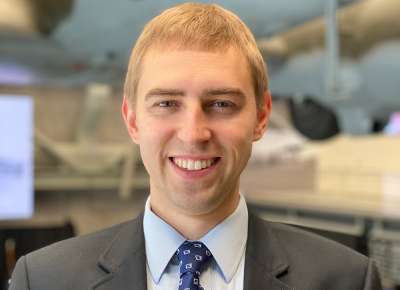



![Max Fuchs, New York City cantor, sings as Rabbi Sydney [sic] Lefkowitz, Richmond, VA, conducts the first Jewish services from Germany.](/sites/default/files/styles/max_650x650/public/2025-10/image1.jpg)



